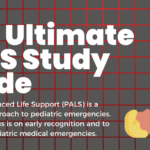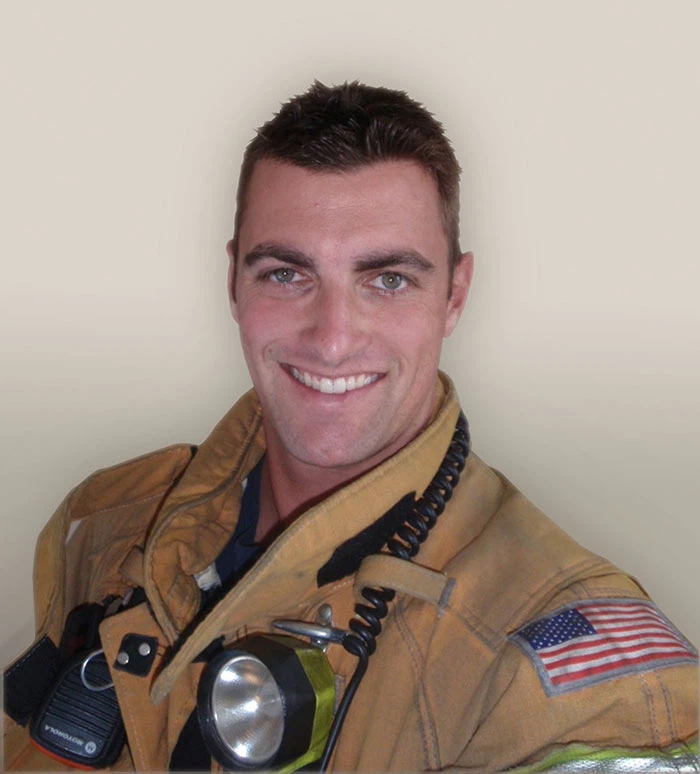Maybe you’ve seen them on TV in high-drama medical shows. Maybe someone shouting the word “Clear!” rings a a bell for you. Or maybe you just know that an AED is an acronym that goes hand in hand with CPR. No matter what your history with AEDs is, knowing the ins and outs of these crucial medical tools may one day save your life.
In this guide, our experts at Surefire CPR of Southern California outline an essential list of what to know about AEDs. Topics touched on include what an AED is and what it is used for, the importance of using an AED when performing CPR, and some essential facts that many people don’t know about AEDs. With help from this guide, you will be able to act in the safest possible way if you ever find yourself in a situation where you or another initial responder may have to use an AED. Start learning below, and enroll in emergency response courses from our award-winning team today!
What to Know About AEDs: Dispelling the Myth(s)
For those who may have seen AEDs portrayed in the media, the first step in this guide will be dispelling some of those portrayals. In actuality, using an AED is very different from how it has been portrayed in soaps, sitcoms, and primetime dramas. So, if you have dreams (or trepidations) about rubbing a couple of gel-covered paddles together, yelling clear, and shocking someone back to life, you can toss out those ideas because you will not be doing that. AEDs restore normal heart function by disrupting abnormal heart behavior. Only in some cases do these devices restart a stopped heart. In either case, the process is not nearly as powerful nor as short-lived as it is on TV — but it is just as crucial.
What is an AED and What is it Used for?
An AED (automated external defibrillator) is a portable, lightweight device that administers an electric shock to a person whose heart ventricles have stopped pumping blood to the rest of the body properly. This is known as cardiac arrest. Cardiac arrests are one of the leading causes of death in the United States with nearly 500,000 Americans dying of cardiac arrest every year. In combination with chest compression CPR, AEDs help to get hearts beating again. In fact, AEDs are the number one device in the medical field for aiding cardiac arrest. Even in hospitals, doctors and nurses often use AEDs over other machinery to address cardiac arrest. This is because AEDS are reliable and versatile: they are designed for anyone, regardless of experience, to be able to open and operate it effectively. Simply put, AEDs are simple machines that save lives.
6 More Things You Should Know About AED’s
So far, you’ve learned that AEDs don’t work exactly the way they do on TV shows. You’ve also learned that AEDs are both highly-effective and widely-used life-saving tools. Here are six more things you should know about AEDs — no matter who you are.
- AEDs are in far more places than you think. Both AEDs and fire extinguishers save people from disasters and potential death. And just like fire extinguishers, AEDs are in a wide range of public places. Hotels, schools, hospitals, airports, malls, casinos, and many other places have AEDs on site. And like purchasing a fire extinguisher for your home, you can do the same with a relatively inexpensive home AED kit. We highly recommend that anyone with a family history of cardiac arrest get an at-home AED kit, because a staggering 88% of all cardiac arrests occur at home.
- AEDs are not a danger for you to use. As an AED sends a shock through a person to get the ventricles pumping again, many assume that this shock is powerful enough to be deadly. In actuality, the shock that an AED emits is not all that dangerous. It’s still important to make sure that everything and everyone is clear of the victim when the shock is administered, but if by some freak chance you are in contact with the victim when the shock occurs, you are not in any major danger. In fact, there have never been any reported cases of an AED causing harm to bystanders, users, or victims, nor of one delivering an inappropriate shock to someone who has needed one.
- You are not in jeopardy of getting sued for using an AED on a victim. AEDs are extremely safe. There has yet to be any documented cases of a person being injured by an AED. If you have to use an AED on a stranger, this means you are highly unlikely to cause any harm and no lawsuit will be coming your way. Furthermore, Good Samaritan Laws protect a responder who is acting in good faith trying to save someone. Each state’s Good Samaritan Law is different, so be sure to look up your state’s Good Samaritan Law to see the exact wording. In the event of an emergency that requires an AED, the one thing you should always look out for is a “Do Not Resuscitate” bracelet or necklace.
- Using an AED is much more effective than just doing CPR without an AED. If you have encountered a person whose heart has stopped pumping and you are unsure whether to use an AED with CPR or to just use CPR, take a look at the survival rate numbers. When a first responder only used chest compression CPR, after 30 days the survival rate for victims is sadly only 7%. But, augmenting your CPR with AED shocks leads to a 40.7% survival rate one month later for victims. AEDs work. That is why they are so popular and vital to saving lives.
- Keep AED pads away from body piercings. Metals are conductors of electricity. This is bad news for those who need AED treatment and may have metal on their bodies. If a victim in need of an AED shock has metal jewelry on his or her body (usually nipple rings) in places where the AED pads need to go, do not put the AED pads over the metal rings. In most cases, care providers suggest moving the pads an inch away from the metal to perform AED treatment. In rare cases, ripping out the metal jewelry entirely to properly defibrillate may be necessary.
- You can use an adult AED on children and infants. There’s a popular saying that goes around CPR/AED teaching circles: “If you are dead, you are dead.” The saying makes sense on the surface, but you may be wondering what it means when it comes to an AED. AEDs are meant to return hearts to their normal beating patterns, and in some cases, they can even restart a stopped heart. In these cases, AEDs are quite literally bringing people back to life. If you are on the fence about using an adult AED on a child, toddler, or infant, know that if you elect not to use it, that young person is still going to be dead. As experts recommend, strongly consider using an adult AED on child victims. There are directions to how to do defibrillate for children, infants, and toddlers on all AED kits. With the proper protocol, you will not harm the child, and you will likely be saving a life.
Nothing Beats Practice. Consider Taking an AED and CPR Class.
Reading up on AED techniques is a good first step for anybody. But learning shouldn’t stop there. All adults should know how to use AEDs; this means not only knowing how to use them in principle, but in practice as well. AED usage is a fine motor skill, which means it needs to practiced, regardless of prior knowledge. Taking an AED, CPR, and First-Aid class led by a trained professional is the best the way to ensure that you’ll know exactly how to use an AED in the event of an emergency.
To learn how to use an AED and administer emergency care to an individual in cardiac arrest, you have several options. Some course providers package life-saving essentials into single classes, such as CPR, AED, and First Aid classes, which cover protocol for basic emergency-response treatments. If you are familiar with the CPR and first aid, you may want to consider taking a Basic Life Support (BLS) class, where you’ll learn advanced emergency response techniques in these areas as well as AED operation.
Enroll With Our Award-Winning Team at SureFire CPR
If you live in Southern California, there is no better place to learn how to use an AED than right here at SureFire CPR. Our instructors have thousands of hours of worth of experience in medical and law enforcement fields saving lives as nurses, paramedics, firefighters, and other first responders. With an extremely wide array of class times and training facilities in Corona, Los Angeles, Orange, and Laguna Hills, we have the options you need to fit AED training into your busy schedule. Want more info on what to know about AEDs? Contact us to have your questions answered and enroll in an AED class for yourself or your organization here at SureFire CPR.
Sources
CPR Facts and Stats. American Heart Association. https://cpr.heart.org/en/resources/cpr-facts-and-stats.
CPR Statistics. American Heart Association. https://cprblog.heart.org/cpr-statistics/
About AEDs. Sudden Cardiac Arrest Association. https://associationdatabase.com/aws/SCAA/pt/sd/news_article/43774/_PARENT/layout_details/false
CPR Survival Rates: A Comparison. AED Superstore. https://www.aedsuperstore.com/resources/cpr-survival-rates/
AED Facts. CPR and AED. https://cprandaed.ca/aed-facts/
Automated External Defibrillator (AED) Infants & Children. Save a Life by NHCPS. https://nhcps.com/lesson/bls-automated-external-defibrillator-aed-infants-children/









